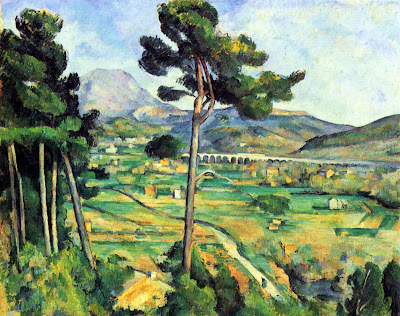On Giotto as the initiator of the Renaissance in painting
A comparison between two paintings of the same subject may clarify the novelty represented by the paintings of Giotto and justify the importance of his contribution to the Early Renaissance. The first painting is by an anonymous Byzantine artist, referred to as the Master of Nerezi: a fresco on the Lamentation over the Dead Christ in the Church of St. Pantaleimon, created in 1164 (Middle Byzantine period) located in Nerezi, Macedonia. The other represents the same subject as depicted by Giotto in 1304-1306, in the Capella degli Scrovegni, in Padua, Italy.
The Master of Nerezi is undeniably able to transmit something of the pathos, the emotional dimension, of his subject, within the constraints of the Byzantine formal rules. In comparison to the early, strictly hieratic and solemn expression of the royal or Imperial-Christian art of Byzantium, there is here a more dynamic visual concept and action indeed: The Virgin Mary embracing the deposed Christ, the curved body of the disciple holding the hand of Christ, within a very briefly indicated location and schematic spatial setting.
As Gombrich (The Story of Art) observed about the Byzantine style, within this basically two-dimensional formal concept in painting, we distinguish also the heritage of Greek and Hellenistic art, largely transformed but still recognizable. For example: skiagraphia, or “shadow painting”, was a system of tonal and color modulation employing mainly, according to some specialists, graphic elements such as cross-hatching. Its initial development was attributed to the Athenian painter Apollodorus (430-400 BCE). Skiagraphia aimed at optical effects, the creation the impression of solid and round bodies in space taking into account a subjective point of view. It survives in Byzantine painting as a conventionalized linear system of “patterned” anatomical representation.
In contrast to the Pieta by the Master of Nerezi, Giotto’s figures are solidly articulated in themselves and among each other within a unified and coherent spatial setting. They not simply rest as patterns upon a surface, but occupy their own space and interact within the virtual space of the painted setting: the pictorially constructed box or stage. Two are the main sources, according to Gombrich, of Giotto’s accomplishment: classic (Roman) sculpture and the Christian plays publicly staged on different occasions in front of the churches, the theater as a traditional instrument of mass education and indoctrination in the Christian Church. In Giotto's Lamentation we recognize a tableau vivant or "staged picture" of representations of sacred narratives.
Marcelo G. Lima
The Master of Nerezi is undeniably able to transmit something of the pathos, the emotional dimension, of his subject, within the constraints of the Byzantine formal rules. In comparison to the early, strictly hieratic and solemn expression of the royal or Imperial-Christian art of Byzantium, there is here a more dynamic visual concept and action indeed: The Virgin Mary embracing the deposed Christ, the curved body of the disciple holding the hand of Christ, within a very briefly indicated location and schematic spatial setting.
As Gombrich (The Story of Art) observed about the Byzantine style, within this basically two-dimensional formal concept in painting, we distinguish also the heritage of Greek and Hellenistic art, largely transformed but still recognizable. For example: skiagraphia, or “shadow painting”, was a system of tonal and color modulation employing mainly, according to some specialists, graphic elements such as cross-hatching. Its initial development was attributed to the Athenian painter Apollodorus (430-400 BCE). Skiagraphia aimed at optical effects, the creation the impression of solid and round bodies in space taking into account a subjective point of view. It survives in Byzantine painting as a conventionalized linear system of “patterned” anatomical representation.
In contrast to the Pieta by the Master of Nerezi, Giotto’s figures are solidly articulated in themselves and among each other within a unified and coherent spatial setting. They not simply rest as patterns upon a surface, but occupy their own space and interact within the virtual space of the painted setting: the pictorially constructed box or stage. Two are the main sources, according to Gombrich, of Giotto’s accomplishment: classic (Roman) sculpture and the Christian plays publicly staged on different occasions in front of the churches, the theater as a traditional instrument of mass education and indoctrination in the Christian Church. In Giotto's Lamentation we recognize a tableau vivant or "staged picture" of representations of sacred narratives.
Marcelo G. Lima
images are from Wikipedia




Comments